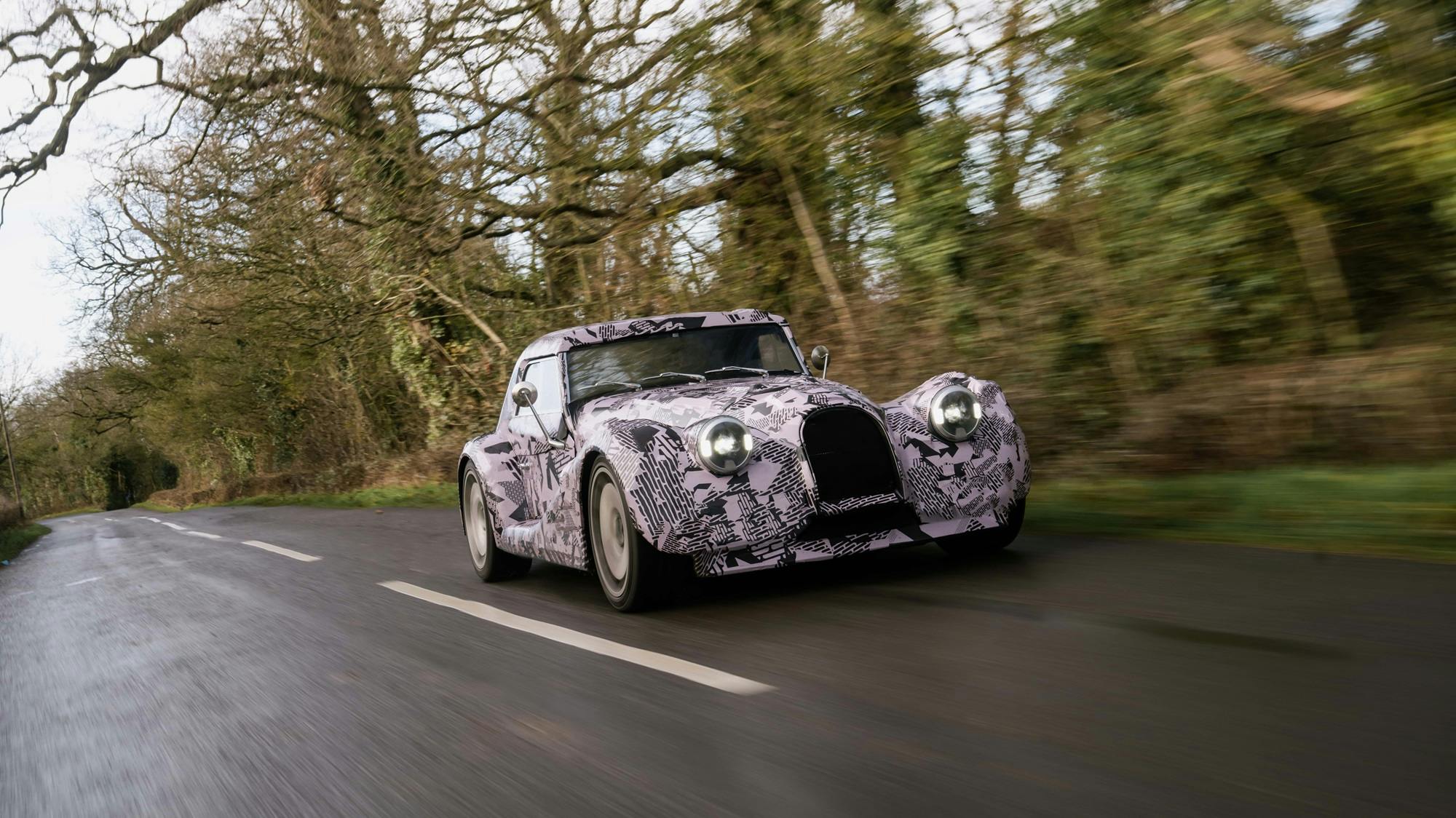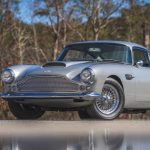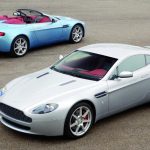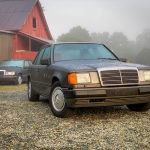If you’re a Morgan fan, it’s time to quietly remove your driving cap, slip off the string-backed driving gloves and bow your head in respect. The very last steel chassis Moggie has departed the quaint Malvern workshop.
It may have been decades out of step with the times, but there was something reassuring about a steel ladder chassis that dates back to 1936, when Morgan switched from making three-wheelers to fully-fledged four-wheel cars. Like the humble bacon sandwich, it may not have been sophisticated, but it did its job.

In fact, as you can see from the photos, Morgan’s steel chassis had just about as many components as that sandwich. Simply two rails and the crossmembers holding them together, like you’d find on almost any early horseless carriage.
Equally crude was the suspension, which used an unusual sliding pillar setup at the front, allowing the hub and wheel assembly to move vertically on a top-and-bottom-fixed kingpin, with leaf springs deployed at the rear.
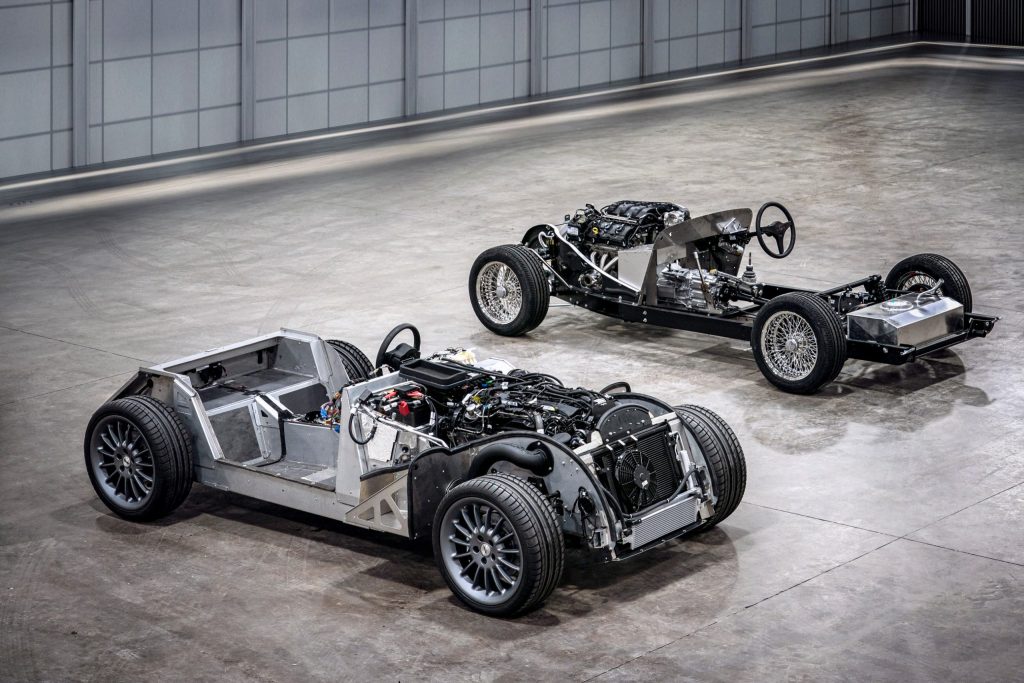
This chassis has graced 35,000 Morgans since it was introduced in the 4-4, but even Morgan has to move with the times, a trend that started with the Aero 8 in 2000. That car was engineered by Chris Lawrence, who had achieved a class win at Le Mans, driving a Morgan Plus 4, in 1962.
Now, despite maintaining their appearance, all Morgans have a bonded aluminium chassis, called the CX-Generation, which is lighter and more rigid, mated to double-wishbone suspension at all four corners. This endows the latest Morgans with the previously unknown characteristics of ride and handling. Other anomalies in the new Plus Six and Plus Four include electric power steering and turbocharged engines from BMW. You can read ben Barry’s review of the latest Plus Four, here.
Thankfully, not everything anachronistic has been dispatched. You will still hear the sounds of sawing, sanding, and hammering from the sheds in Worcestershire, as Morgan continues to use an ash frame to support its wonderful hand-beaten body panels.



